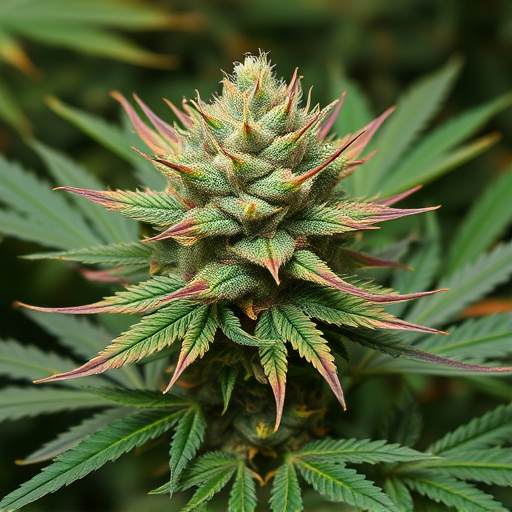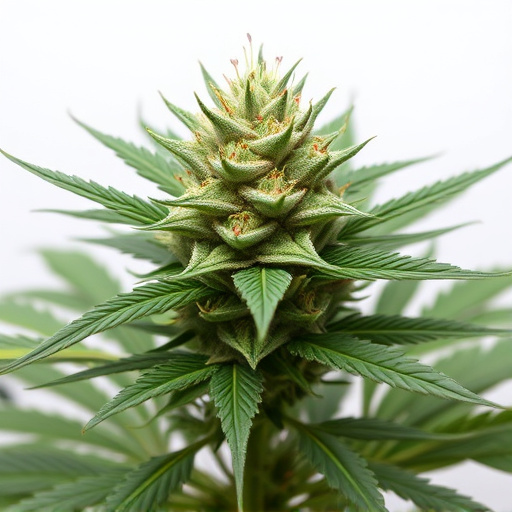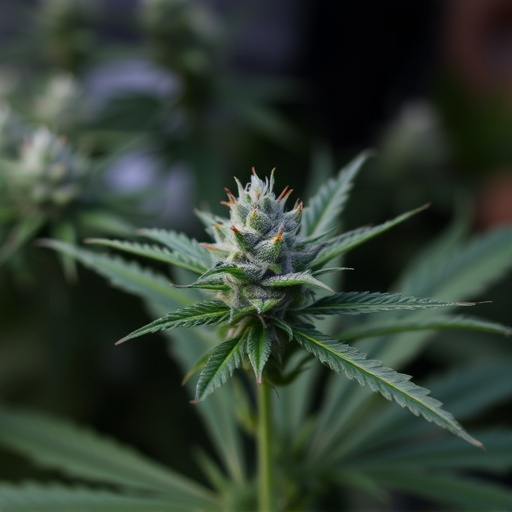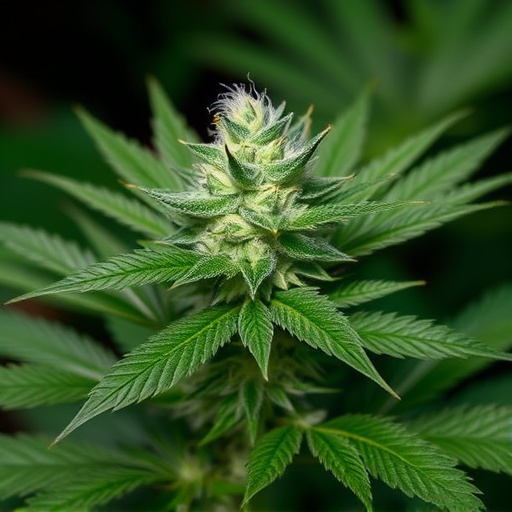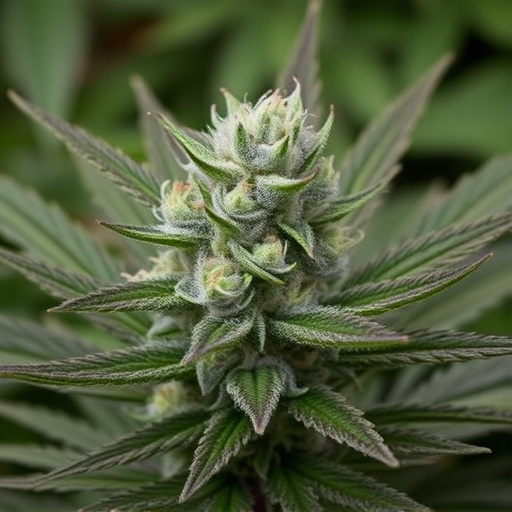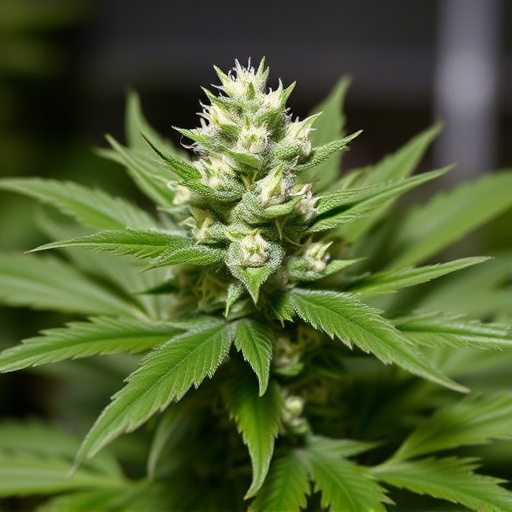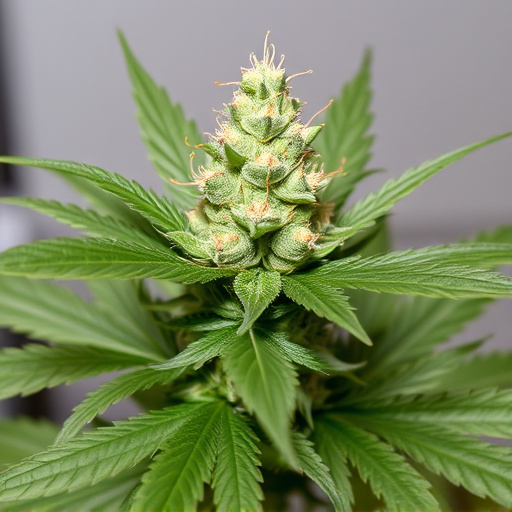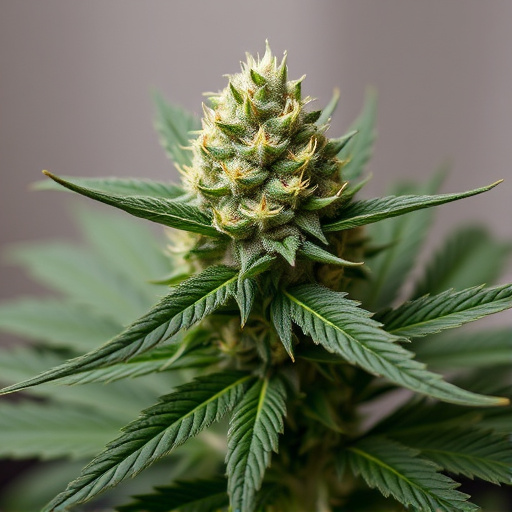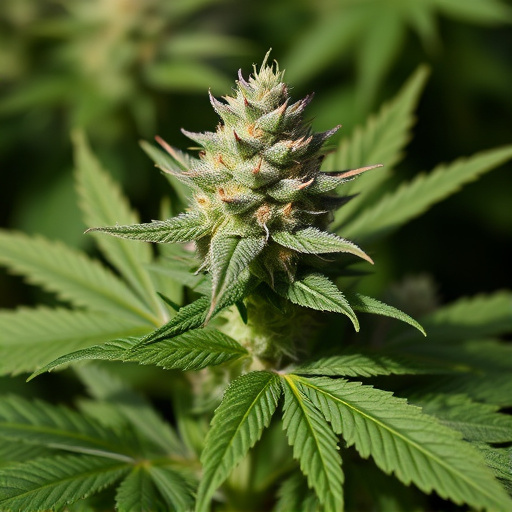In targeted medical cannabis treatment, identifying specific strain characteristics beyond THC and CBD levels is crucial. Low odor cannabis strains are ideal for patients sensitive to strong smells or seeking discreet use due to their subtlety and beneficial terpene profiles. These terpenes, like myrcene and limonene, offer therapeutic effects tailored to individual medical conditions. Understanding THC and CBD levels is key; low-THC, high-CBD strains treat anxiety, epilepsy, and pain without psychoactive effects, while higher THC concentrations aid in managing MS symptoms. Low odor cannabis strains provide discreet therapeutic benefits, making them suitable for various medical conditions.
In the realm of medical cannabis, selecting the right strain is paramount for effective treatment. This guide delves into the art of choosing the best low odor cannabis strains for specific conditions. By understanding strain characteristics like THC and CBD levels, terpene profiles, and exploring common medical needs—anxiety, chronic pain, and sleep disorders—patients can navigate options tailored to their unique requirements. We also consider patient factors such as tolerance and consumption methods, empowering informed decisions in today’s growing cannabis landscape.
- Identifying Strain Characteristics for Targeted Treatment
- – Exploring the impact of THC and CBD levels on medical conditions
- – Discussing the role of terpene profiles in symptom management
Identifying Strain Characteristics for Targeted Treatment
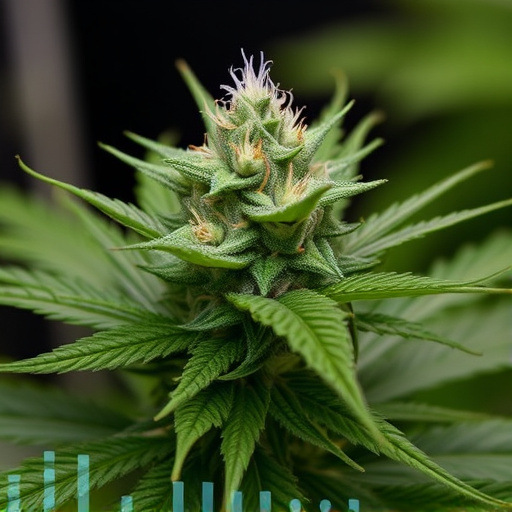
When it comes to medical cannabis, identifying specific strain characteristics is key to targeted treatment. Patients and healthcare professionals should consider various factors beyond just THC and CBD levels. One important aspect is scent or odor. Low odor cannabis strains are often preferred due to their subtlety and ability to avoid overwhelming sensory experiences. These strains may be ideal for patients who are sensitive to strong smells or those using cannabis for discreet purposes, such as in public settings.
Furthermore, specific terpenes, which give cannabis its unique aromas, can also play a significant role in medicinal effects. Different terpenes have been linked to various therapeutic properties. For instance, myrcene is known for its relaxing and sedative effects, while limonene is associated with uplifting and mood-boosting sensations. Thus, identifying low odor strains that also possess beneficial terpene profiles can offer more precise treatment options tailored to individual medical conditions.
– Exploring the impact of THC and CBD levels on medical conditions
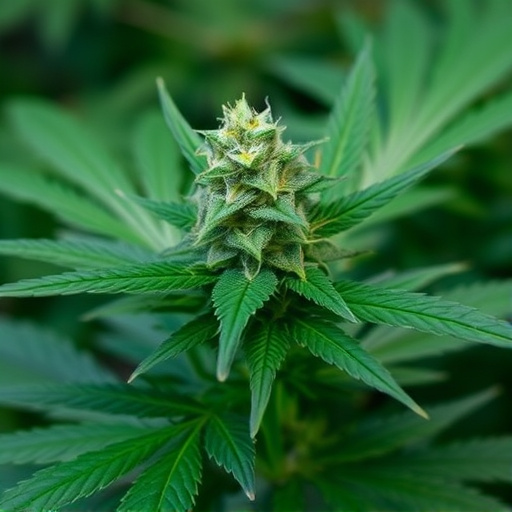
When exploring cannabis for medicinal purposes, understanding the impact of THC (tetrahydrocannabinol) and CBD (cannabidiol) levels is paramount. Different medical conditions respond best to varying ratios of these compounds. For instance, low-THC and high-CBD strains are often recommended for anxiety, epilepsy, and certain types of pain due to their potential anti-inflammatory and calming effects, without the psychoactive buzz associated with higher THC content. These low odor cannabis strains can offer a more subtle experience, making them suitable for individuals seeking relief without alteration in mental state.
Conversely, conditions like multiple sclerosis (MS) may benefit from higher THC concentrations, which can help manage muscle spasms and stimulate appetite. However, it’s crucial to balance this with CBD levels; some studies suggest that a balanced combination of both compounds is most effective for various ailments. This is where the role of low odor cannabis strains becomes significant—they offer the therapeutic benefits of cannabis while minimizing the strong aroma often associated with higher potent varieties, making them more accessible and discreet for medicinal users.
– Discussing the role of terpene profiles in symptom management
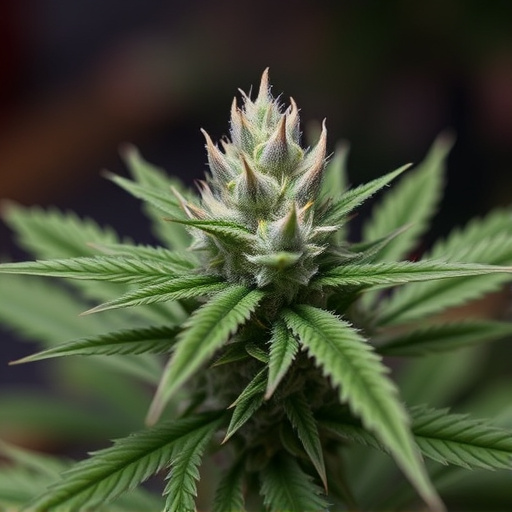
In the world of medical cannabis, symptom management is a delicate balance, and this is where terpene profiles come into play. Terpenes are aromatic compounds naturally found in many plants, including cannabis. They contribute to the unique scent and flavor of different strains but also possess therapeutic properties that can interact with the body’s endocannabinoid system. Each terpene has specific effects; for instance, myrcene is known for its relaxing and sleep-inducing qualities, making it potentially beneficial for conditions like insomnia or anxiety. Similarly, linalool, often found in low odor cannabis strains, has been studied for its calming effects and potential to reduce inflammation, making it a popular choice for managing stress and pain.
When considering medical cannabis, patients should explore strains with balanced terpene profiles tailored to their specific needs. Low odor strains, while offering subtle flavors, can be particularly appealing as they often contain terpenes like caryophyllene, which has anti-inflammatory properties and may help with joint pain and muscle spasms. Terpene combinations can greatly influence the overall therapeutic effect, allowing patients to find relief from various medical conditions while enjoying a more discreet cannabis experience.
When selecting cannabis strains for medical purposes, understanding strain characteristics is key. Balancing THC and CBD levels can significantly impact specific conditions, while terpene profiles further tailor treatment. For discreet use, seeking low odor cannabis strains offers a more subtle approach to relief. By considering these factors, individuals can navigate the diverse cannabis landscape to find their ideal strain for effective and tailored symptom management.


